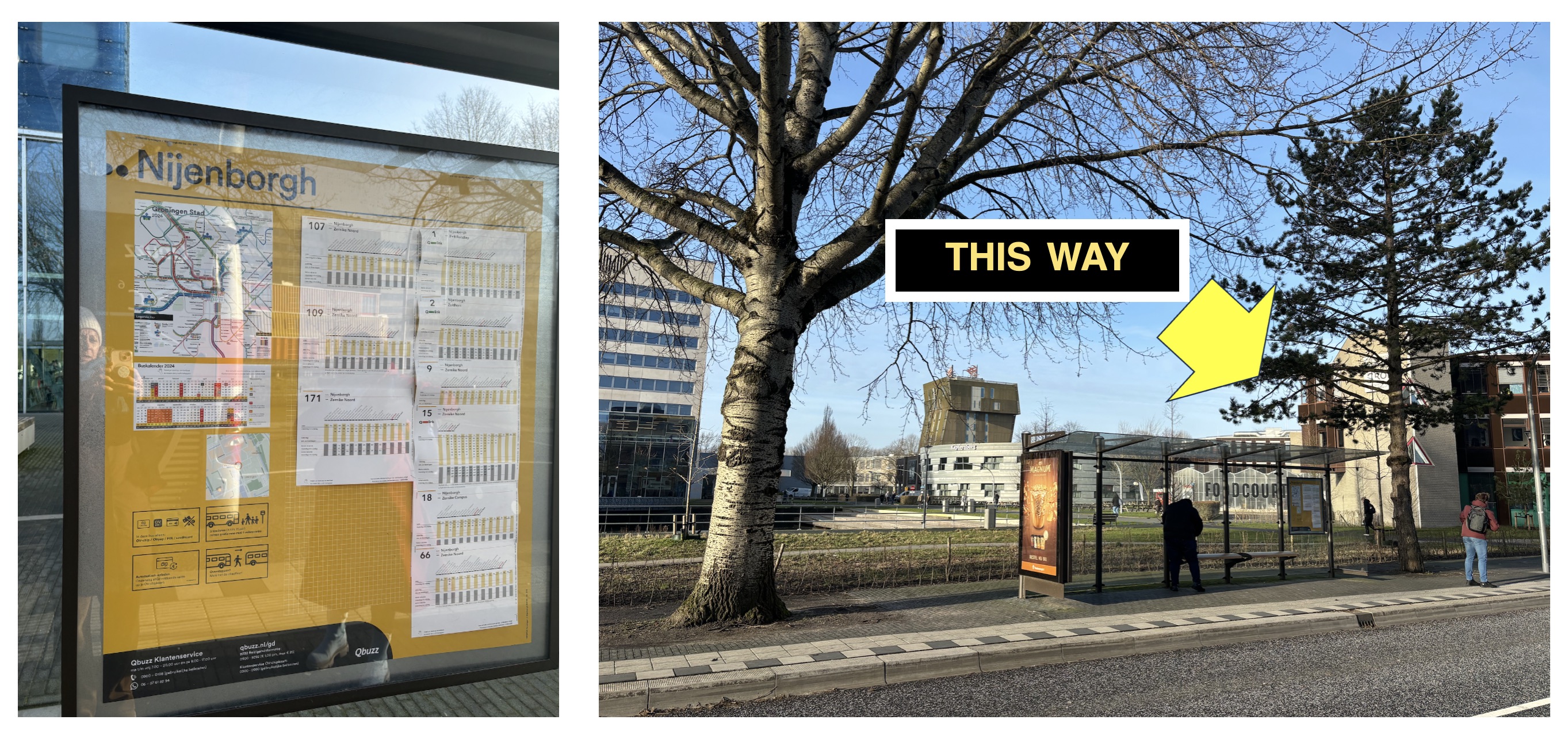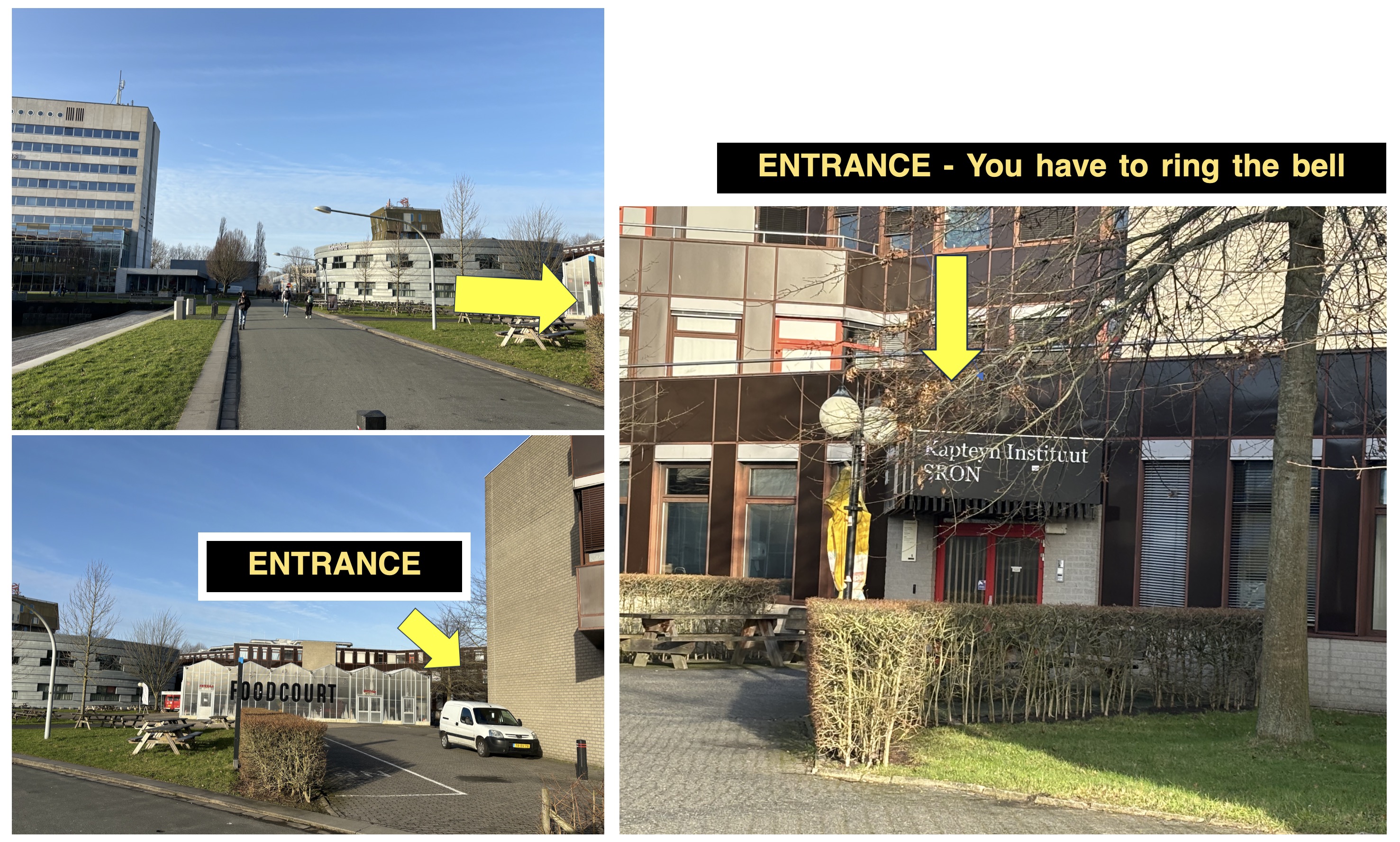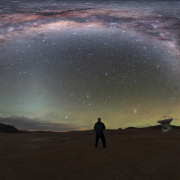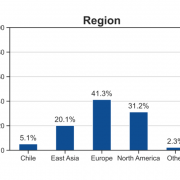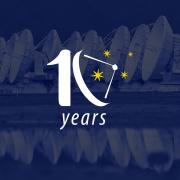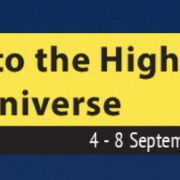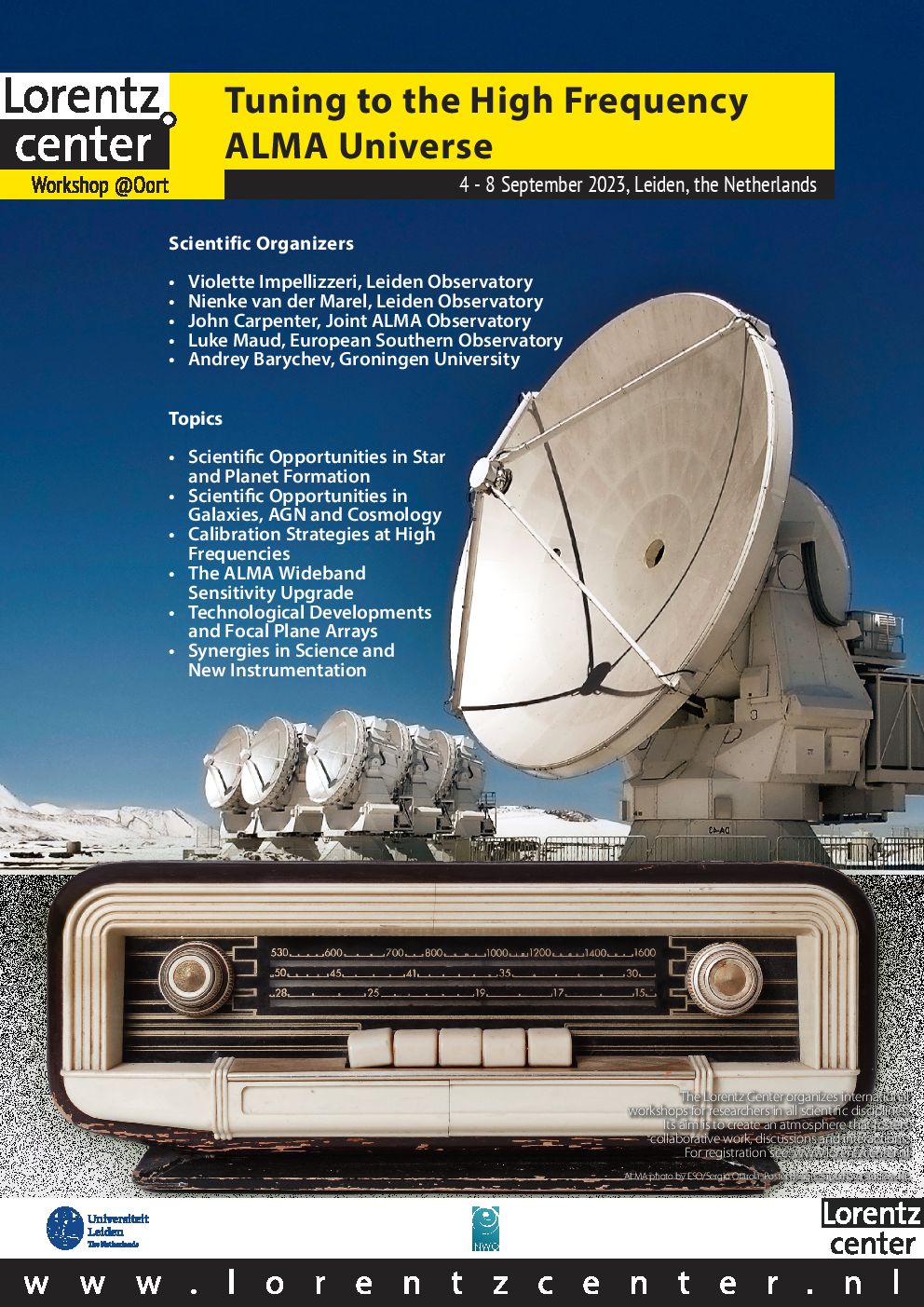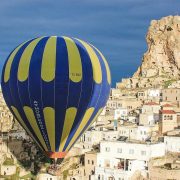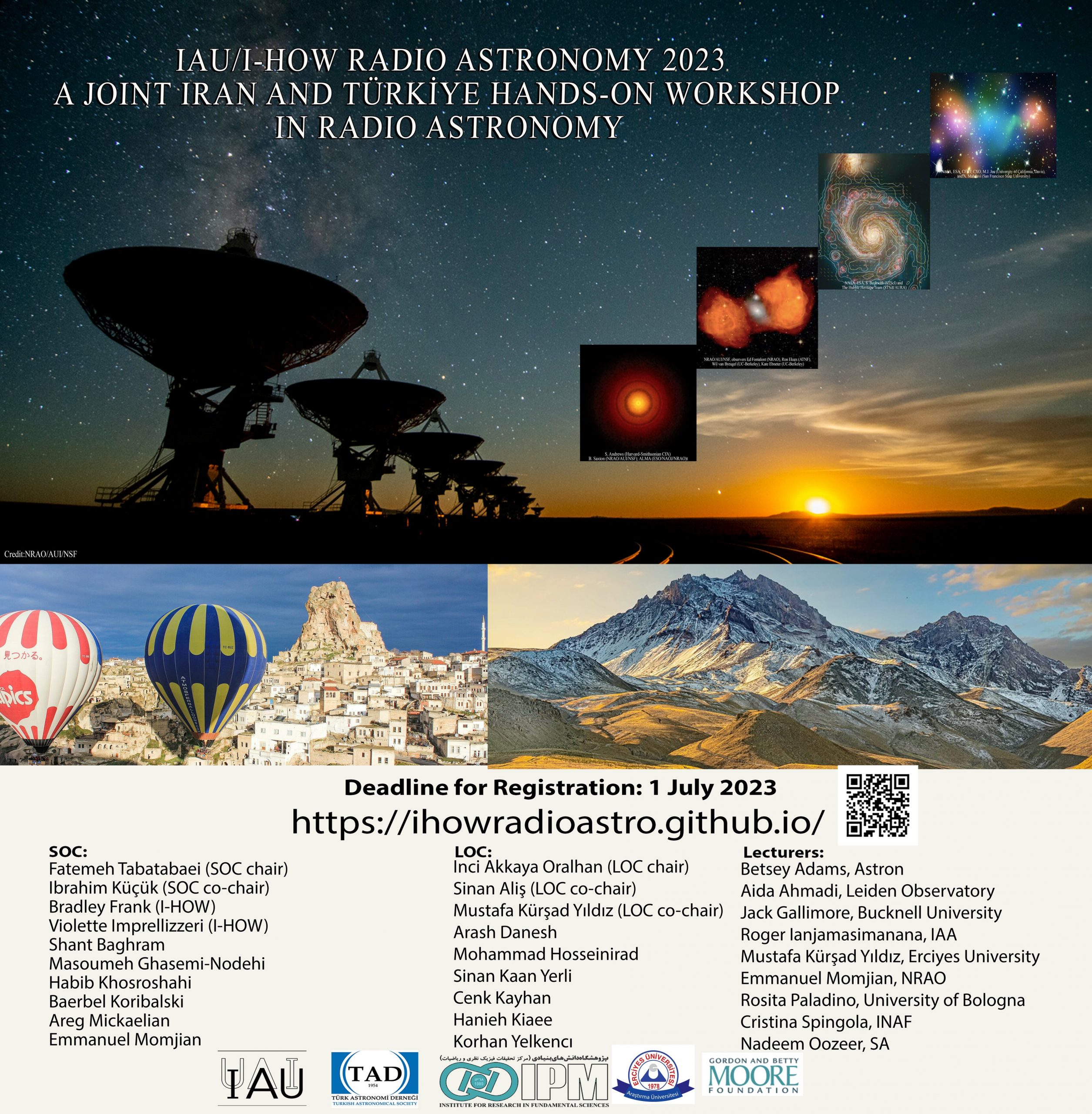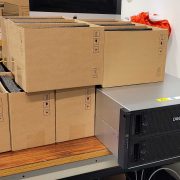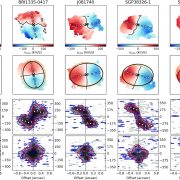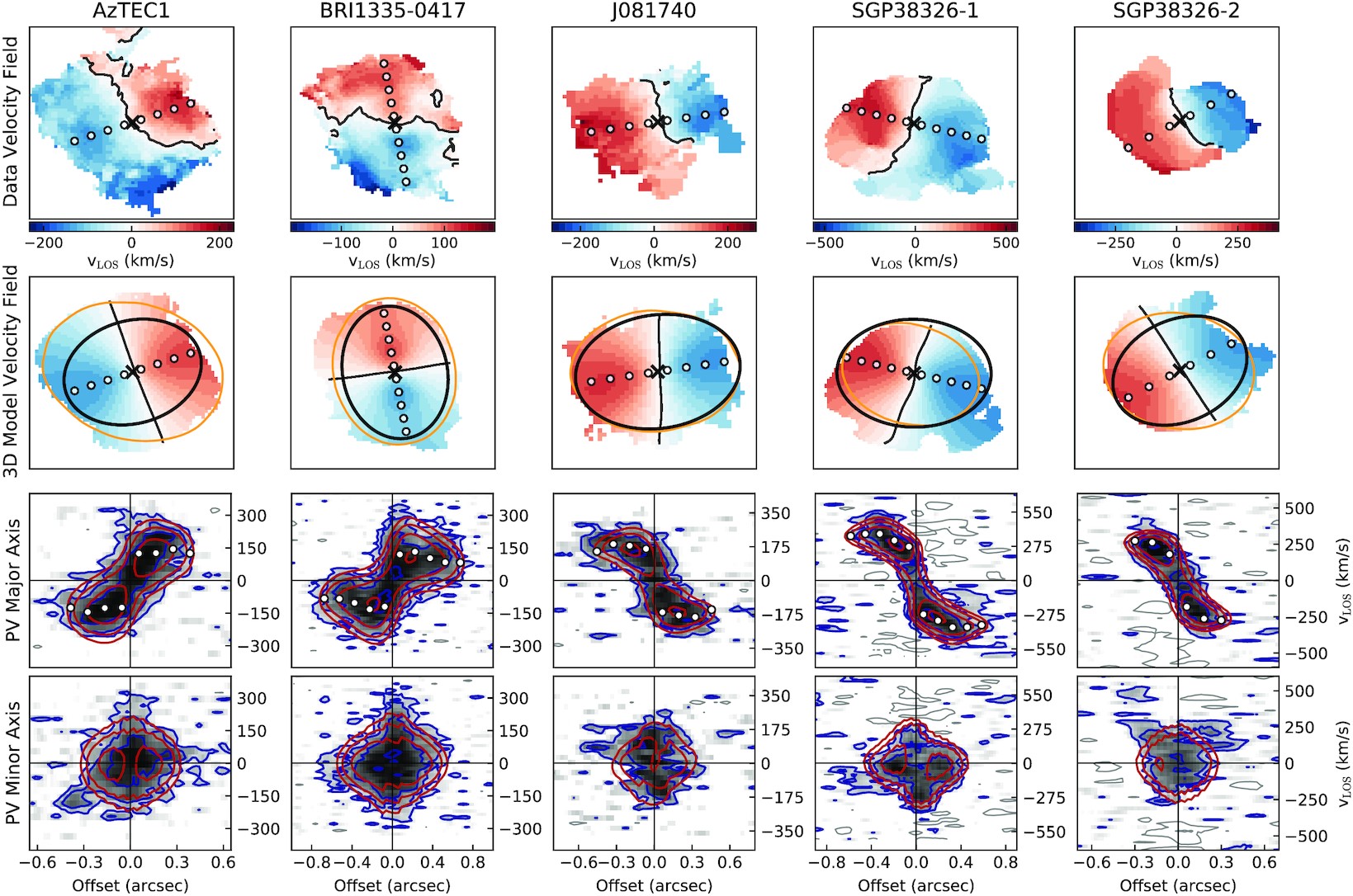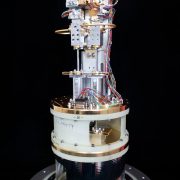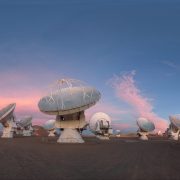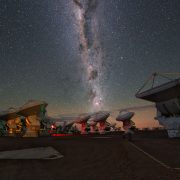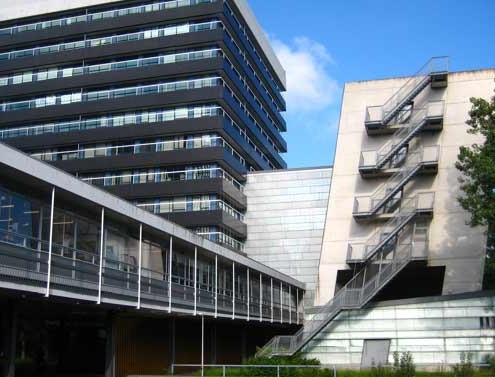Netherlands ALMA+JWST Joint Science Day
Allegro is pleased to announce the first ALMA+JWST Joint Science Day, which will take place on January 30th, 2024, at Kapteyn Astronomical Institute (Room 161 on the 1st floor) in Groningen. We would like to invite all members of our communities to present your latest scientific results obtained with ALMA and/or JWST. A particular emphasis will be given to projects combining both instruments, but not exclusively, depending on demand. We invite contributions on the synergies with other facilities too. During the Science Day, we will also have talks related to ALMA and JWST technical aspects, news and outlook. The meeting will include ample time to discuss user experiences and related topics.
Invited speakers:
- Karina Caputi (Kapteyn Astronomical Institute)
- Łukasz Tychoniec (Leiden Observatory)
- Martin Zwaan (ESO)
- Nicolas Crouzet (Leiden Observatory)
| Netherlands ALMA+JWST Joint Science Day Jan. 30, 2024 | ||
|---|---|---|
| Session I (Chair: Alex Hygate) | ||
| 1000-1005 | Welcome (Allegro) | |
| 1005-1020 | Tom Oosterloo (ASTRON, Groningen) | Closing the feedback-feeding loop of the radio galaxy 3C 84 ALMA |
| 1020-1035 | Pratika Dayal (Groningen) | Early galaxy formation and its large-scale effects |
| 1035-1050 | Ivana van Leeuwen (Leiden) | Characterizing the contribution of dust-obscured star formation at ≳ 5 using 19 serendipitously identified [CII] emitters |
| 1050-1105 | John McKean (Groningen) | Testing the mass complexity of massive elliptical galaxies with ALMA |
| 1105-1125 | Martin Zwaan (ESO) | The latest from ALMA |
| 1125-1140 | ALMA Q&A and discussion | |
| 1140-1150 | Short break | |
| 1150-1250 | Fernanda Roman-Oliveira (Groningen) | Dynamics and turbulence of regular rotating disc galaxies at z ~ 4.5 |
| 1205-1225 | Karina Caputi (Groningen) | (Invited talk) |
| 1225-1315 | Lunch | |
| Session II (Chair: Veronica Allen) | ||
| 1315-1335 | Łukasz Tychoniec (Leiden) | Accretion and ejection in a protostellar system linked with ALMA & JWST synergy |
| 1335-1350 | Inga Kamp (Groningen) | The two prominent disks around TWHya and PDS70 |
| 1350-1405 | Ardjan Sturm (Leiden) | Measuring the icy content of protoplanetary disks using the synergy between JWST and ALMA |
| 1405-1420 | Milou Temmink (Leiden) | Studying (drift-enhanced) H2O in compact planet-forming disk with JWST-MIRI/MRS |
| 1420-1430 | Short break | |
| Session III (Chair: Monica Huang) | ||
| 1430-1445 | Victorine Buiten (Leiden) | JWST Reveals Highly-Excited CO in Nucleus of LIRG VV 114 |
| 1445-1500 | Paul van der Werf (Leiden) | TBD |
| 1500-1515 | Wout Goesaert (Leiden) | A new ALMA view on the Circinus torus and circumnuclear disk |
| 1515-1530 | Mathilde Bouvier (Leiden) | Sulphur-bearing species as star formation tracers towards the Central Molecular Zone of NGC 253 |
| 1530-1545 | Joshua Butterworth (Leiden) | Molecular Isotopologue Measurements in NGC253 as Possible Tracers of Stellar Evolution |
| 1545-1600 | Raffaella Morganti (ASTRON, Groningen) | Radio jets expanding in the cold molecular ISM: the case of PKS 0023-26 |
| 1600-1610 | Short break | |
| Session IV (Chair: Violette Impellizzeri) | ||
| 1610-1625 | Yuan Chen (Leiden) | Tracing the formation of complex organic molecules (COMs) from ice to gas using JWST and ALMA |
| 1625-1640 | Martijn van Gelder (Leiden) | Even better together: a combined study with JWST/MIRI and ALMA on SO2 in a young protostellar system |
| 1640-1655 | Julia C. Santos (Leiden) | SO2 and OCS towards high-mass protostars with ALMA: a comparative study between gas and ice |
| 1655-1710 | Jayatee Kanwar (Groningen) | Hydrocarbon-rich disks around very low-mass stars |
| 1710 | End of meeting | |
Directions to Kapteyn Astronomical Institute
Astronomy/Kapteyn Institute, SRON (building name: Kapteynborg)
Room 161 on the 1st floor
Landleven 12
9747 AD Groningen
- Public transport (time table information can be tapped from 9292 or Google map)
Train (to Groningen Central Station) + Bus (from Groningen Central Station to Kapteyn Astronomical Institute)
– train run by NS – arriving at Groningen Central Station, ticket can be purchased via OV-chipkaart
– bus run by Arriva – line 15 (arriving at bus stop: Nijenborgh), ticket can be purchased via OV-chipkaart - Car – we HIGHLY encourage whoever plans to drive please consider carpooling with others to minimize our carbon footprint. Please organize carpooling among yourself, but let us know if you need help.
Further details regarding bus route, parking, and more accessibility information, please refer to: https://www.rug.nl/staff/location/5419
